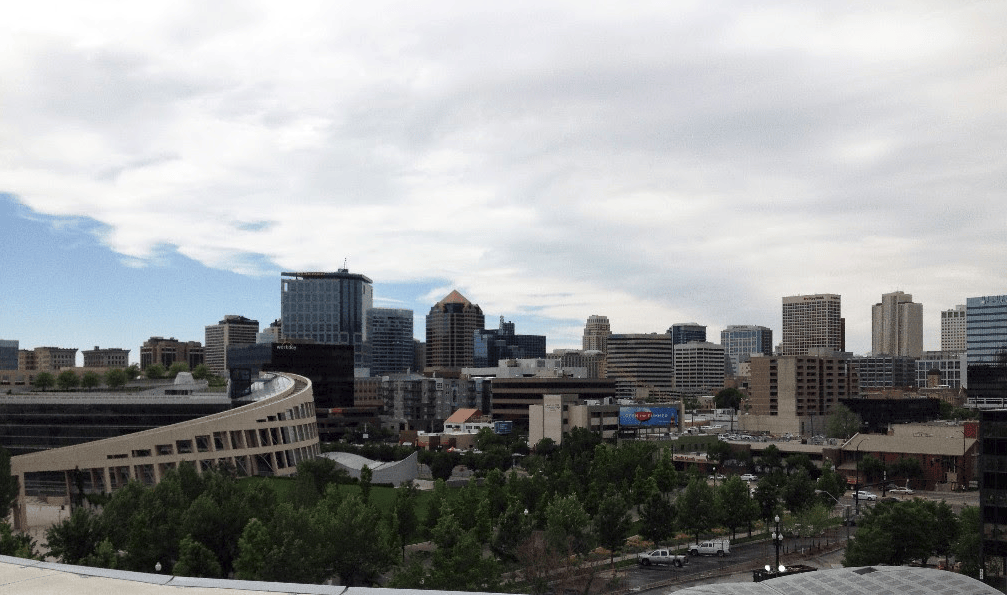 Salt Lake City is committed to advancing clean air and one of the most significant ways we can do that is to support the growth of electric vehicles (EVs).
Salt Lake City is committed to advancing clean air and one of the most significant ways we can do that is to support the growth of electric vehicles (EVs).
Compared to a new gasoline car, an EV puts out 99% fewer local air pollutants. That makes EVs a big player in our work to clear the air– particularly as our population grows and more vehicles enter our roadways each year.
The good news is that Utahns are buying more and more clean vehicles, but we have a long way to go– these vehicles currently make up less than 0.45% of the market. (This is one reason we don’t want to see high annual registration fees).
One of the ways the City is encouraging the continued growth in EV ownership is by building public charging infrastructure to alleviate “range anxiety.” We currently have 28 public charging ports around the city and are building a couple dozen more this year, including at the Airport!
We’re also excited to let you know that the City Council– on the recommendation of the Administration–voted to waive charging fees, effective immediately.
The $1.00 connection charge and $0.10/kWh fee was put in place last spring to recover the cost for using the station, and to ensure the stations are not being monopolized. We’ll continue to monitor usage and may re-institute the fee at an appropriate time.
But what’s this going to cost you might ask? We estimated an annual financial impact of up to $12,000 in utility costs associated with providing free electricity at existing stations. We also conservatively estimate it will cost $13,000 annually to cover electricity costs at the soon-to-be-unveiled EV stations at the airport.
Salt Lake City received a grant from the Department of Environmental Quality to install the latest round of charging stations– thank you! We’re now happy to continue supporting the expansion of clean vehicles and clean infrastructure in Salt Lake City with free charging.
Do you drive an electric vehicle? Are you on the fence about getting one? Let us know what you think!
CLICK HERE TO SEE STATION LOCATIONS





 Salt Lake City is committed to advancing clean air and one of the most significant ways we can do that is to support the growth of electric vehicles (EVs).
Salt Lake City is committed to advancing clean air and one of the most significant ways we can do that is to support the growth of electric vehicles (EVs).



